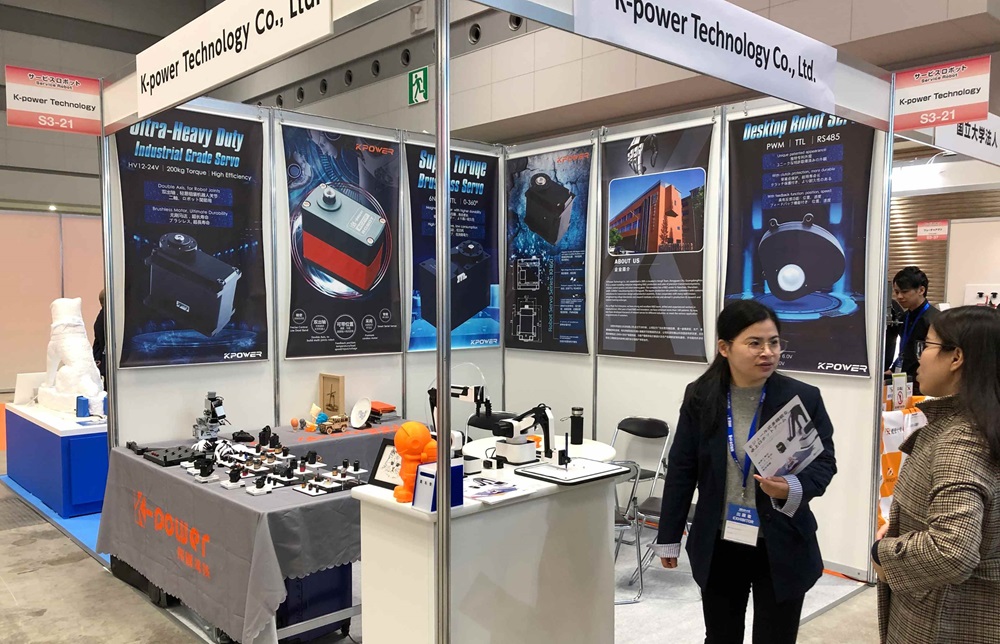Imagine a tiny marvel inside your everyday machines, quietly working away, converting electrical signals into mechanical motion—this is the essence of a servo motor. It’s not just a motor; it’s a workhorse that knows exactly where it is, how fast it should turn, and when to stop. Once you understand its ins and outs, you realize how pivotal it is in automation, robotic arms, CNC machinery, and even camera autofocus systems.

So, what makes a servo motor tick? It’s all about control. Unlike a regular motor that just spins when powered, a servo motor relies on feedback. It’s constantly checking its position and adjusting on the fly. When you send it a command—say, to rotate 90 degrees—it doesn’t just spin aimlessly. Instead, it starts turning, checks its position, and corrects itself until it hits that precise mark. That’s why in robotics, consistency and precision are king, and servo motors reign supreme.
Ever wondered how this precision is achieved? It’s thanks to the integrated control circuitry and sensors. Think of it as a tiny brain inside each motor, making split-second decisions. This setup allows for smooth, controlled motion, even under varying loads. Whether it’s in a robotic arm assembling tiny microchips or a drone adjusting its flight path mid-air, servo motors deliver milliseconds of responsiveness that make complex tasks smooth as butter.
In the bustling workshop of manufacturing, these motors can be customized for different roles. Need high torque or rapid acceleration? They can handle it. Require delicate, slow movements? No problem. Some models come with advanced features like multiple feedback options or waterproof housings, making them flexible across industries.
One question that pops up a lot: Why choose a servo motor over other types? Well, it’s all about the tight control. When precision and reliability matter, servo motors outperform standard motors. They conserve energy by only moving as much as needed, and their ability to integrate with modern control systems makes automation seamless.
Switching gears for a moment, picture this: Imagine a camera autofocus system that adjusts lenses with such finesse that your shots are razor-sharp, even in low light. That’s a tiny servo motor working behind the scenes. Or think of a robotic arm painstakingly assembling delicate electronics—precision at a micro level, all powered by the reliable work of these motors.
Ultimately, choosing the right servo motor depends on the task at hand. Are you after speed? Heavy torque? Durability in tough environments? Knowing what specifications matter most can elevate your project from good to extraordinary. If you're curious about integrating these into your setup, it only takes a bit of planning and the right guidance. There’s a lot of power packed into these small devices—more than meets the eye.
Leveraging innovations in modular drive technology, Kpower integrates high-performance motors, precision reducers, and multi-protocol control systems to provide efficient and customized smart drive system solutions.




































